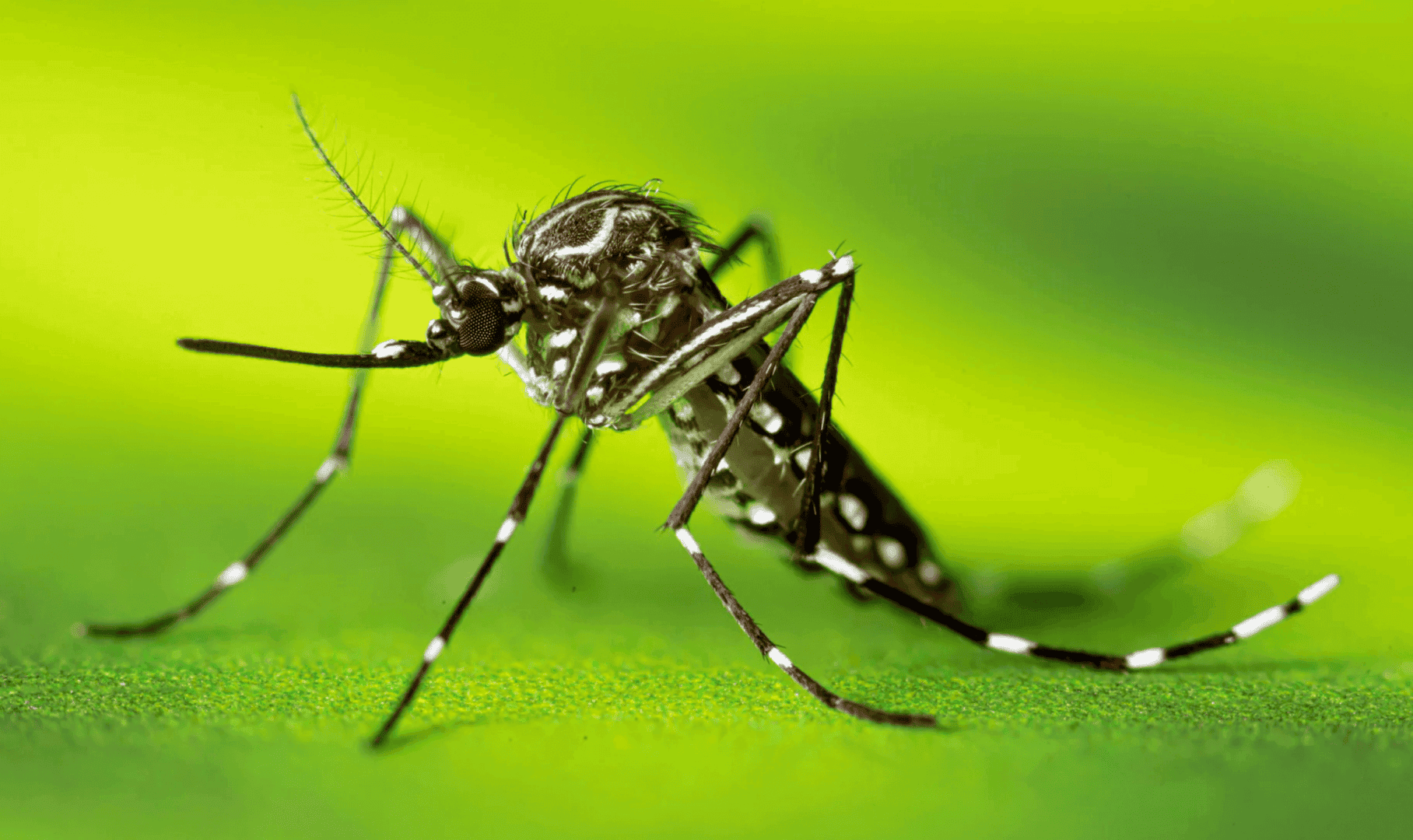Yellow Fever
Meets the Major
On September 13, 1851, American army physician Walter Reed was born. After completing his medical education and internship, He entered the U S Army Medical Corps. For almost two decades he practiced medicine while serving at frontier army stations. When he returned east, he studied pathology and bacteriology at Johns Hopkins Hospital.
The Panama Canal was under construction but its progress slowed and hampered by the large number of deaths occurring from yellow fever. A debate raged on its cause – argued as a bacterium or mosquito-borne infection. As a professor of bacteriology in the new Army Medical School, Major Reed was charged with solving the yellow fever problem.
Without benefit of knowledge about viruses and the possibility (later proved) that yellow fever was viral, Reed waged a campaign against the deadly yellow fever based on scientific design, process, and data. As the investigating team leader in Panama, Reed crafted an onsite camp experiment to prove one theory or the other. He worked with human volunteers that included some of his own medical staffers
He confirmed the long held view of Cuban physician-scientist Dr. Carlos Finlay, that the mosquito of genus Aedes was the carrier spreading the disease in humans. Once identified as disease carriers, mosquito populations were curbed and precautions taken.

Vaccines against the deadly yellow fever virus continue to be refined to this day.
Walter Reed’s name is memorialized in the Walter Reed National Military Medical Center. In 1953, the Army Medical School was renamed the Walter Reed Army Institute of Research.
B Bondar / Real World Content Advantage